Bosk – Journal Entry #11

Bosk is a beautiful game of abstract strategy that goes well with the nature theme. It can be considered a gateway for area control games, as it is fairly simple and doesn’t take much time to learn. You can easily play it with your kids or the elderly, alike.
Released in 2019 by Floodgate Games, it is a new game that will remind you of Photosynthesis at first glance, because they both share cardboard trees as their components. However, don’t be fooled, this is not a cheap copy of Photosynthesis, as some may think. You will soon discover that there are more differences than similarities.
How to play Bosk
The box contains lots of components, each with their own role. There is a game board that depicts a beautiful Natural Park split into many areas (each represented with a different color). The board has two sides: one side for 2 players and one for 3-4 players. There is also a Score Track and a Wind Board that comes into play during the third phase of the game.
Besides these, there are special components for each player color: yellow, orange, red and purple. For each of these colors, there are cardboard trees, leaf tiles, leaf tokens and a squirrel meeple. You can store all these components in their own box of the same color that comes with the game.
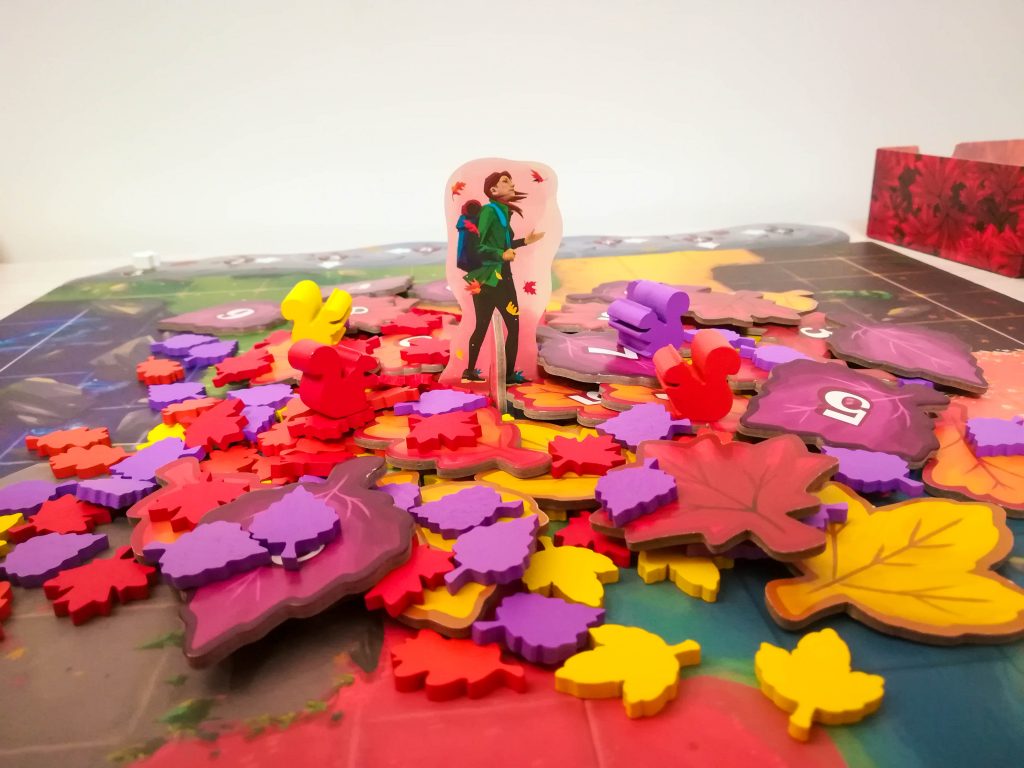
The setup for Bosk is fast and simple: you place the game board in the middle of the table, choosing the face-up side based on the player count. Each player then chooses a species of tree and takes all it’s matching components (8 leaf tiles, 36 leaf tokens, 8 trees and one squirrel). Place the Score Track and the Wind Board on the side of the board and you can start playing!
Each match of Bosk is played over the course of one year, each season representing a phase of the game. There are two playing phases (Spring and Autumn) and two scoring phases (Summer and Winter):
- Spring: Players grow their trees one by one at the trail intersections between varying types of terrain. The trees are valued 1 to 4 and the way you place them weighs a lot during the next phase.
- Summer: Visitors travel the trails through the park, admiring the park and rewarding the player with the most majestic trees. Each trail on the Park Board awards points. For each row, players add the values of their trees and then gain points based on a scoring table.
- Autumn: Players will take turns blowing leaves from their trees to cover Terrain Squares. The current spot on the Wind Board indicates both which trees will lose their leaves and the direction the leaves will blow in. The player chooses a leaf tile numbered from 2 to 8 and then places that many leaf tokens on the board following that direction. They can also use the squirrel meeple to lock down a certain spot if they wish (and prevent others from placing their leaves on that spot).
- Winter: Players earn points for covering the most terrain in each region, based on a scoring table.
At the end of Summer, the player with the fewest points becomes the starting player for the next phase. He will now choose on which side of the board to place the Wind Board. During this phase, after players choose their leaf tiles and place their leaves, the player who chose the tile with the lowest value becomes the new starting player and so on until all trees are gone from the board.

What do I think about Bosk?
When I first opened the package from Floodgate Games I was amazed by the box art. It’s SO beautiful! I can say that Bosk is now the most beautiful game in my collection! Kwanchai Moriya did an amazing job at illustrating the tourists walking through a Natural Park on the box front, as it perfectly describes the atmosphere of the game.
The idea of having each phase of the game represent a season of the year is very ingenious! And the actions available during each phase are very well chosen! During Spring, players strategically place trees around the Natural Park creating a small forest. It is a very good representation of the trees blooming during this season in real life. Each tree has a value ranged from 1 to 4 and the way you place your trees is very important! During my first games I didn’t pay much attention to my tree placement as I was staring too much at the beautiful board getting crowded with trees and I kept taking poor choices.
You want to make sure to spread your trees well, as their placement will be very important in the future. Try to avoid placing them all the way against the edges of the board or crowded together. You may end up fighting against yourself and your poor choices. I lost my first game because I placed my trees near the edges thinking that the wind will help me and I’ll spread my leaves to the center of the board. However, everything went the opposite way: because of my bad judgement when placing the trees (and not thinking too much about their value and how the wind might be blowing) the wind was blowing against my trees, towards the edges, and I didn’t manage to cover much of the board.
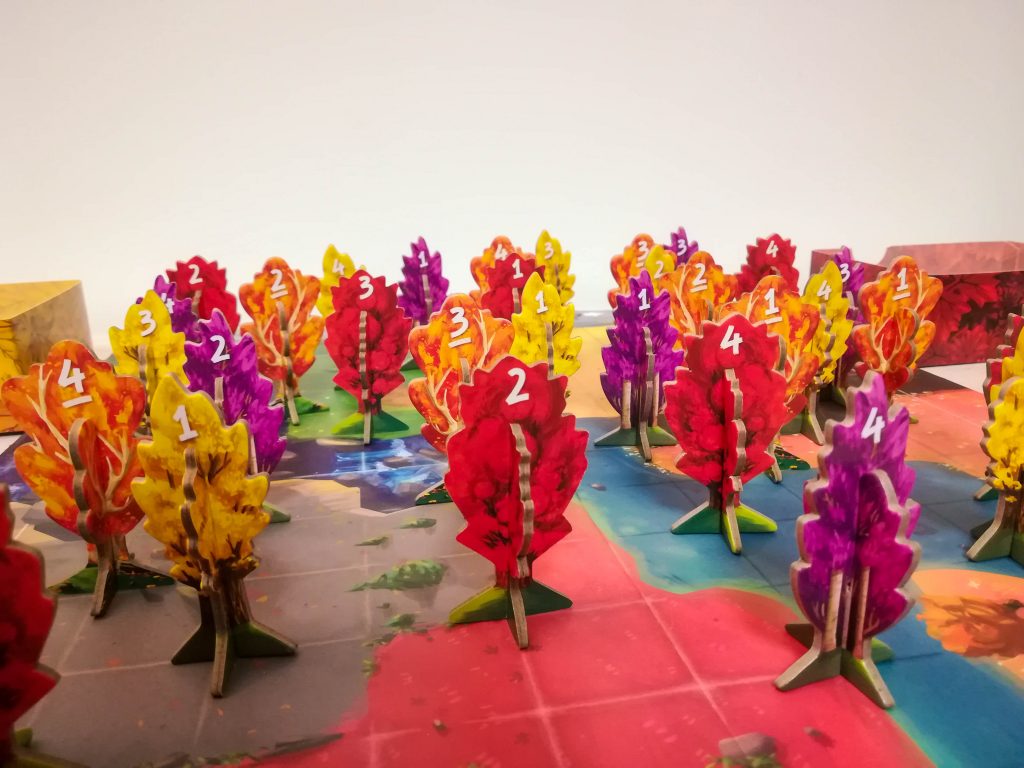
When Summer comes, the touristic season begins and people start visiting the Natural Park, just like in reality. During this phase, the poor choices that you took last turn are punished. Spreading your trees as much as possible during the Spring season is the key to earning points now. Even if you are not the player with the most points on the row or column, aim to get at least second place on most rows and columns, otherwise you’ll get no points for your trees, and you’ll fall behind in score. However, don’t sweat it. If you somehow manage to end up with the fewest points during this turn, you will be the starting player during the next phase.
The way you place your trees is also very important for the later phases of the game: Autumn and Winter. I enjoy the Autumn phase very much. It resembles the real season very well, as leaves start falling from the trees you’ve placed earlier. As the main goal of this phase is to cover as much of the board as you can with your color, I pay attention to my opponent’s tree placement and consider my leaves placement very well.
There’s a lot of thinking going on during this phase. You have to take into consideration the wind direction and the tree value indicated for that turn. The leaves already scattered on the board are also important. And don’t forget about the squirrels! They are very useful at blocking others from making their way deep in your area! I tend to forget about my squirrel and I end up using it when it doesn’t help me anymore.
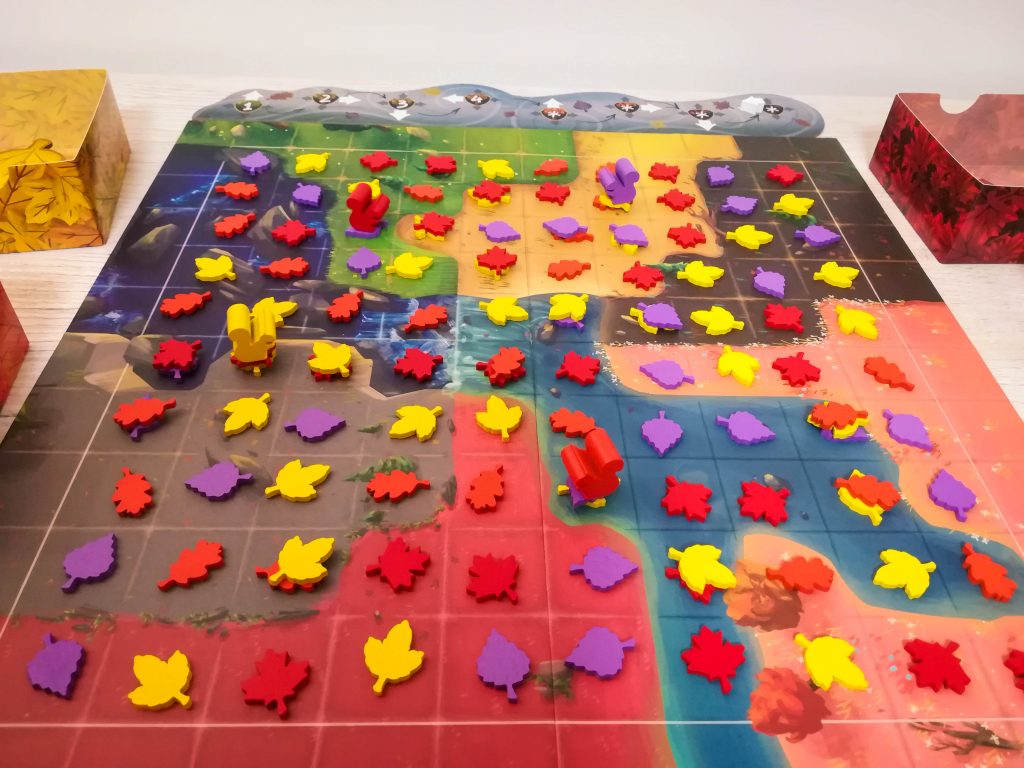
It is very important to weigh your possibilities during this phase. Sometimes it will be smarter to play a leaf tile with a lower value on your turn if the wind doesn’t favor your tree placement, so that you’ll be the starting player next turn. There’s a lot of deep thinking going on sometimes, although the game may sound simple at a first glance.
As the year ends and Winter comes, you will be rewarded for how much of the board you control. There’s not much to say about it, other than what I said for Summer too: try and aim to get at least second place in most areas, otherwise you’ll get no points.

I would say that Bosk is a solid choice if you want to experience an area control game that puts together elements of abstract strategy and has a very gorgeous artwork that goes perfect with the theme! It scales really well from 2 to 4 players but may sometimes be prone to analysis paralysis if you want to consider your best moves. It can be learned in 10 minutes or less and you can easily teach it while doing the setup!
Useful info
Designers: Daryl Andrews & Erica Bouyouris
Publisher: Floodgate Games
Players: 2-4
Time: 40 min
Times played: 7
Full disclosure: A copy of Bosk was provided by the game publisher.
Did you like the review? Follow me on my Instagram page where I post daily photos of games I play and other things. You can also support me on Patreon to gain access to various special content, such as game unboxings, first impressions, polls to decide what games to cover next, and early access to reviews!
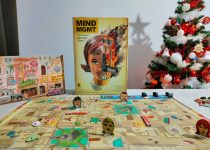
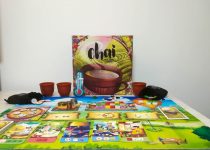
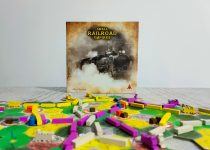
One Comment